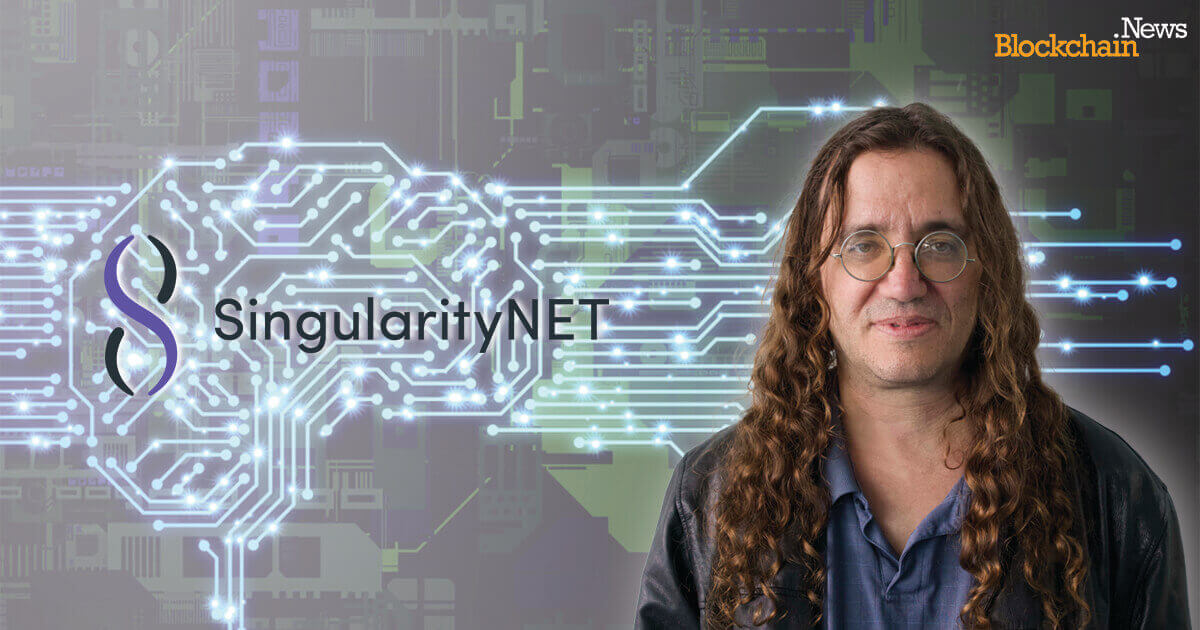The rise of generative AI has ushered in a new era of technological innovation, challenging our understanding of creativity and its unique relationship to human characteristics. A.I (AI) systems are constantly evolving, and the capabilities and limitations of AI in the field of creative expression are becoming increasingly important. In particular, interest is growing in artificial general intelligence (AGI), which is expected to be commercialized soon.
The essence of creativity
Creativity is a fascinating aspect of intelligence, allowing us to generate new ideas, solve complex problems, and express ourselves through art, literature, and innovation. Creativity sets humans apart and is often considered a hallmark of our species. However, the rise of AI has redefined the boundaries of creativity, leading to debates about whether AI’s creative output can truly match human creativity.
Human creativity involves thinking beyond established norms, connecting disparate ideas, and creating something new, valuable, and meaningful. It involves originality, imagination, and emotional resonance. Whether a poet writes a poem, a scientist develops a groundbreaking theory, or an artist paints a masterpiece, human creativity is deeply rooted in consciousness and emotion.
AI and Creativity Testing
While it may suggest that AI performance on creativity tests matches human creativity, this does not mean that AI is truly creative in the human sense. AI’s success on these tests typically comes from its proficiency in pattern recognition, information retrieval, and optimization. This raises an important question: When computers excel at creativity tests designed by humans, are they truly creative, or are they simply using data and statistical analysis to mimic human creativity?
Contrasting Human Creativity and Generative AI
Generative AI models like DALL-E have achieved remarkable feats that some would consider creative. Large-scale language models can write poetry, compose music, and devise solutions to problems. But there are still significant gaps. Human creativity, especially in fields such as music, poetry, and literature, has consistently challenged traditional norms and demonstrated a spirit of innovation. But AI operates on data. It understands language and the input we give it, but does it actually have the creativity to create original content?
In 2011, Duke University’s Literature Journal published poetry generated by an AI program that was indistinguishable from human-written poetry. Similarly, in 2016, Google’s AI created a 90-minute piano melody. These examples show that generative AI can produce original content. Despite these advances, AI cannot replace human creativity; it can only copy and draw inspiration from existing works.
Why AI Can’t Replace Human Creativity
Here’s why today’s AI can’t replace human creativity.
- Generative AI has no imagination and can only recognize patterns. Generative AI models excel at pattern recognition and data-driven content creation, but they are fundamentally different from the true imagination and emotional depth that humans bring to their creations.
- The performance of generative AI depends on the quality of the data used for training. Generative AI can create unique art forms, but its output is limited to the training data. AI cannot truly understand or interpret the meaning behind the data.
- AI lacks contextual understanding. Human creativity is deeply intertwined with the context in which the work is created, encompassing historical, cultural, and social implications. AI cannot fully grasp or replicate this complexity.
- AI lacks emotional depth. Human creativity often comes from deep emotions, personal experiences, and cultural contexts. LLMs lack this emotional foundation, resulting in creations that appear structured but lack authenticity.
- AI can’t think outside the box. LLMs can leverage vast amounts of data to come up with creative solutions, but they don’t innovate in the same way as humans.
Augmenting human creativity with AI
For decades, AI research has focused on building machines that can mimic human creativity. However, instead of mimicking human creativity, AI tools can enhance the human creative process. Generative AI models like DALL-E have inspired people to turn their imaginations into reality and create new and exciting things. This technology opens the door to greater innovation and creativity in a variety of fields, from artwork and poetry to musical composition and architectural design.
Real AI
Give us more free time
Many people are using AI technologies to handle routine tasks, freeing them to focus on higher-level creative thinking and strategic decision-making. As AI tools evolve, they will enable new approaches to business and work to meet the changing needs of users and customers.
We help you make more informed decisions
AI is not an emulation of human-like cognition, but rather a large-scale mathematical process that can be applied to countless use cases across all sectors. Instead of simply accelerating data analysis, AI can encourage more creative thinking by suggesting solutions that humans might not have imagined.
Final Thoughts
Generative AI algorithms are making strides in the creative field, but they still fall short of replicating the complexity and diversity of human thought. AI cannot understand the context, emotions, personal experiences, and spontaneity that are essential to true creativity. As a result, fears that AI will replace human workers in creative fields are premature. Currently, generative AI can enhance creative activities by generating new ideas and streamlining the design process. However, human creativity is distinguished by its ability to integrate emotions to create compelling art that resonates with audiences. AI can create compelling content, but without emotional intelligence, it cannot fully understand or influence the emotional depth of creative work.
Today’s AI can mimic human creativity to some extent by analyzing patterns and generating content based on data, but AGI will be a completely different story. AGI will have true creativity driven by a deeper understanding and integration of human-like cognitive processes.
For more information, see SingularityNET (AGIX).
Image source: Shutterstock

